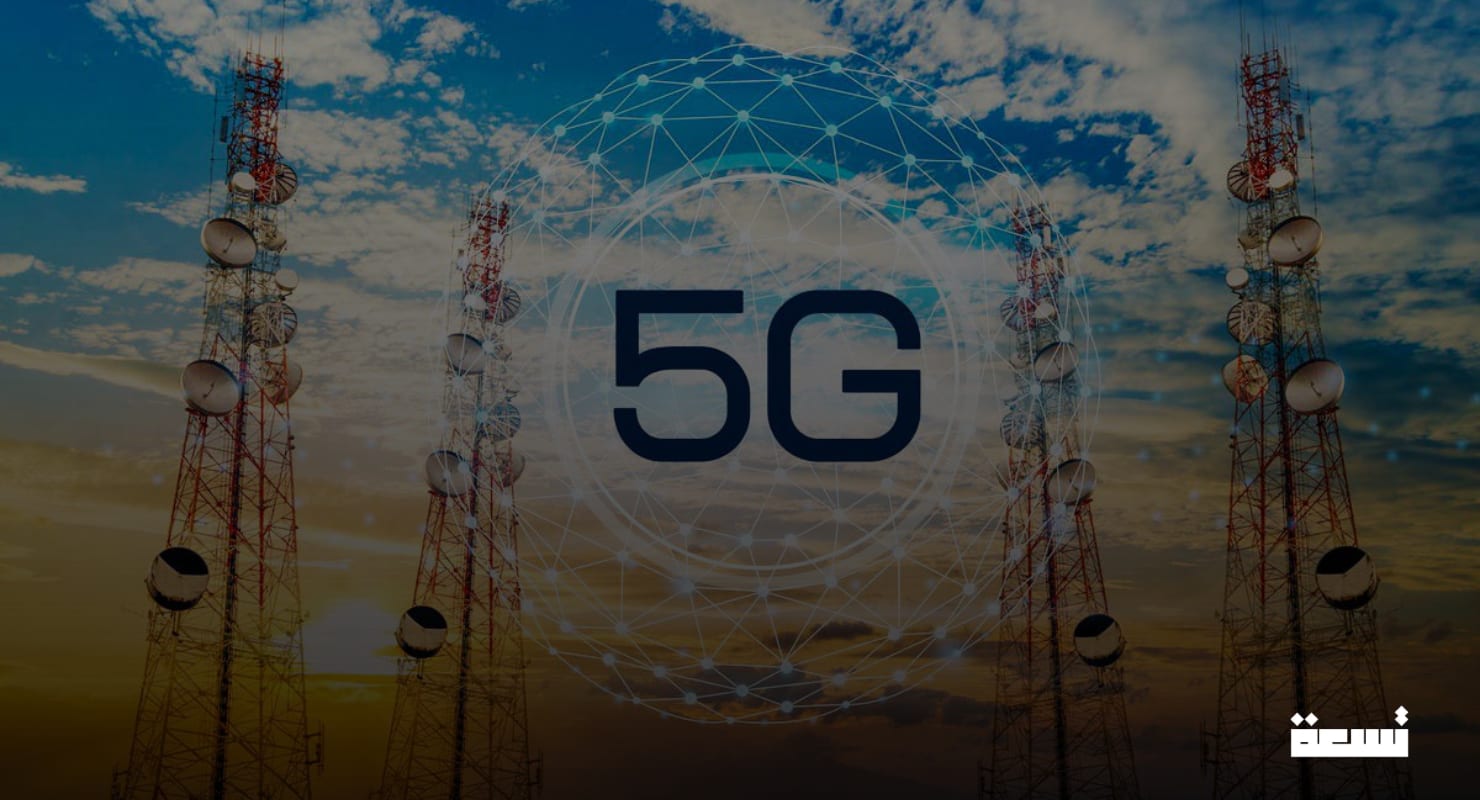Have you ever imagined standing on top of the world's tallest skyscraper, but your phone signal is almost non-existent?
A recent study by Cell Analytics, a subsidiary of Ookla, revealed the performance of 5G networks inside nine of the tallest towers in the world, uncovering unexpected surprises about the quality of connectivity in these towering buildings.
The Shanghai Tower in China outperformed all the towers included in the study, registering an RSRP signal strength of -71.04 decibels, thanks to its use of Distributed Antenna Systems (DAS) and small cells ensuring stable connectivity even on its highest floors.
As for the Burj Khalifa in Dubai, it ranked second globally, recording -85.53 decibels, benefiting from advanced infrastructure supporting 5G coverage, making it one of the best skyscrapers in terms of connectivity quality.
In New York, the Empire State Building also demonstrated strong performance, recording -83.19 decibels, following comprehensive updates to its internal communication systems.
In contrast, the Shard Tower in London recorded the weakest signal among all towers, with an RSRP rate of -96.69 decibels, with some areas reaching -113 decibels, making connectivity almost impossible on some floors! This is attributed to the extensive use of glass, which is considered an enemy of 5G signals.
Interestingly, the signal strength difference between floors is not consistent in all towers; in the Burj Khalifa, Empire State, and World Trade Center, the differences did not exceed 3 decibels between different floors.
However, in the Petronas Twin Towers, Lotte World Tower in South Korea, and the Autograf Tower in Indonesia, the upper floors suffer a sharp signal drop, as the connectivity relies on external towers instead of strong internal solutions.
Despite the rapid advancement of 5G networks, they face challenging architectural obstacles, such as signal penetration weakness due to concrete, glass, and steel, and difficulty in covering mmWave ranges inside towers, leading to dead zones on some floors.
To address these issues, service providers can implement solutions like deploying Small Cells and Distributed Antenna Systems (DAS) inside towers to enhance coverage, improve internal networks to evenly distribute signals between floors, and rely on Wi-Fi to provide connectivity in areas with weak signals.
While some towers provide strong 5G network coverage, many still suffer from dead zones and intermittent connections, necessitating the development of specialized technologies to ensure an optimal internet experience at towering heights.
Will future solutions be sufficient to end this problem?

